Vintage Design
Here we see the principle of the Japanese wabi-sabi, which refers to embracing imperfections and underlining impermanence. Rustic aspects, simplicity, modesty, and austerity offer a humble and honest beauty. This item is raw and sturdy. Its rugged textures and bold lines define that radical character. Its presence is uncompromising and captivating. All massive wood parts are authentic. The legs are done in Indian teak, while the rest is done in plywood with teak veneer. Rich in texture, the wood is vivid and comes in cognac colour. The surface is treated with shellac and there are several layers of original shellac. It provides smooth irregular gloss different from that of the sterile lacquerware nowadays. Charming irregularities show that each piece is unique. Chandigarh items are famous for A-shaped legs. Many desks, chairs, armchairs, and sideboards have these legs, so the pieces remind us of sturdy structural constructions, such as bridge pillars that carry their weight, or some of Le Corbusier’s buildings. The A-shaped legs have sharper corners and are strict and sturdy in their geometry. Their angle and position show that Pierre Jeanneret, together with Jean Prouvé and Le Corbusier, had a structural, not decorative, expression. The entire corpus of the item appears as it is carried between the legs. Its bottom is sharp and pointed, consisting of two colliding surfaces and revealing the sculptural aspect of this item. The piece is two sided, which makes it a room divider as well. The item is engraved on the side with lettering, which makes it more valuable. I think the piece blends well with many interior styles. It can support pure, modern aesthetics by giving them a warmer character with its natural materials and warm colours. As a file rack, it offers storage and stands proudly in any area of your space. P! Galerie’s selection is mainly focused on rare French mid-century modern design artefacts by Pierre Jeanneret, Jean Prouvé, Le Corbusier, and Charlotte Perriand. Artefacts from our carefully curated collection are handpicked, and all traces and important indicators of authenticity are evaluated professionally. We try to preserve as much of patina as possible during the process of restoration, as it defines these historic pieces. Each object comes with a certificate of authenticity, offering you the opportunity to own a valuable artefact originating from a UNESCO-designated World Heritage Site. Not only do we cooperate with museums and offer auction houses our services and expert opinion, we also look forward to welcoming you as a private collector and connoisseur. Literature: Eric Touchaleaume and Gerald Moreau, ‘Le Corbusier, Pierre Jeanneret: The Indian Adventure, Design-Art-Architecture’ (Paris: Gourcuff Gradenigo, 2011), 593.
| Creator |
Pierre Jeanneret (Designer) |
|---|---|
| Manufacturer |
Pierre Jeanneret (Designer) |
| Design Period | 1960 to 1969 |
| Year | 1960 |
| Production Period | 1960 to 1969 |
| Country of Manufacture | India |
| Identifying Marks | This piece has an attribution mark |
| Style | Vintage |
| Detailed Condition | |
| Restoration and Damage Details |
Light wear consistent with age and use, Patina consistent with age and use, Completely restored, Surface has been refinished
|
| Product Code | BDC-1972308 |
| Materials | Plywood, Teak |
| Color | Brown |
| Width |
125 cm 49.2 inch |
| Depth |
68 cm 26.8 inch |
| Height |
184 cm 72.4 inch |
| Weight Range | Standard — Between 40kg and 80kg |
| Duties Notice | Import duty is not included in the prices you see online. You may have to pay import duties upon receipt of your order. |





















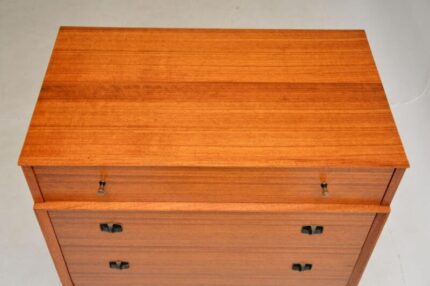

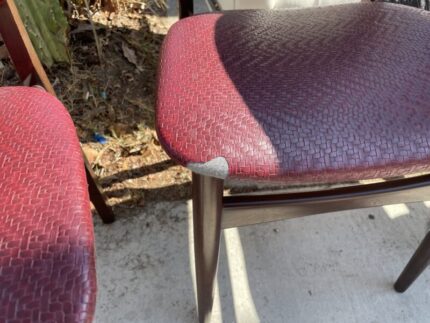

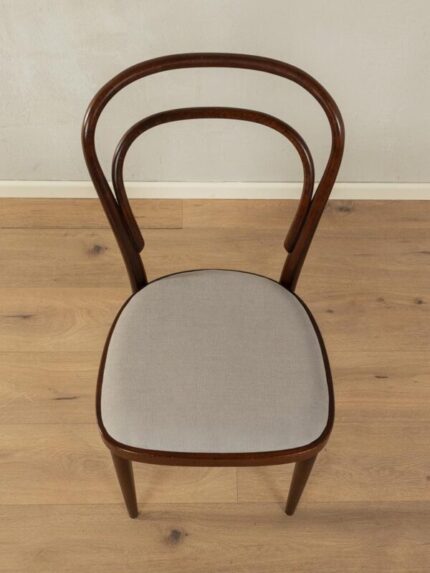





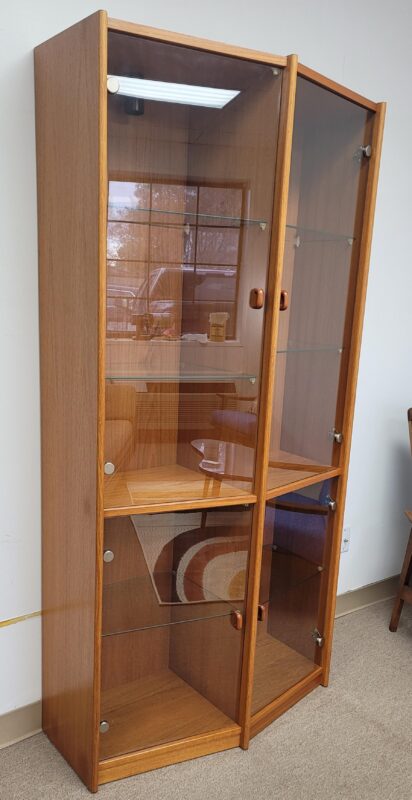

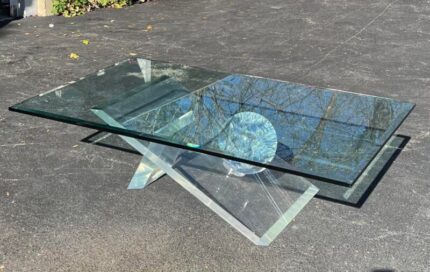




Reviews
There are no reviews yet.